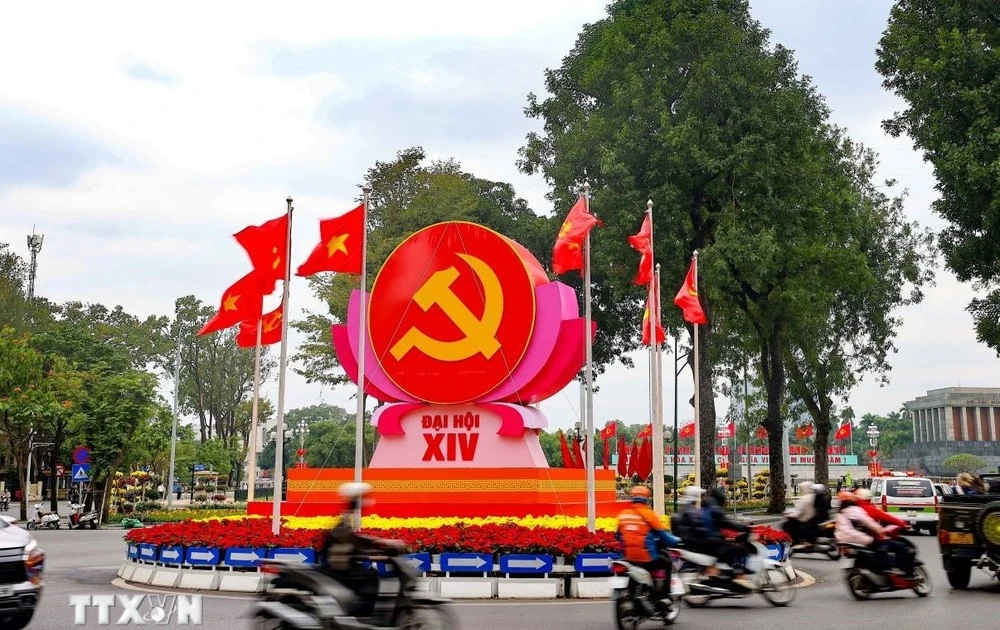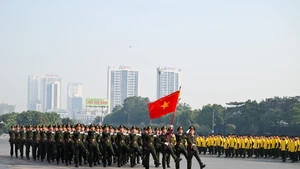European economies, especially the Eurozone, are on a positive recovery path. The survey results of the international credit rating agency S&P Global showed that the Eurozone economy in April 2022 has accelerated to achieve the highest growth rate in the past seven months, despite worries about inflation and the impact of the conflict in Ukraine.
The Eurozone Services Purchasing Managers’ Index (PMI) rose to 55.8 points in April from 54.9 points in the previous month. Statistics also show that most economies outside the Eurozone have also recovered positively in the first quarter of this year. Accordingly, Chief Business Economist at S&P Global Chris Williamson said that the Eurozone entered the second quarter of 2022 on a firmer foundation than expected.
However, Europe’s economic recovery is at risk of slowing down due to supply chain disruptions and long-term energy supply shortages amid the protracted conflict in Ukraine. In fact, supply chain disruptions have negatively affected many economies of the “old continent”, leaving some countries’ growth falling behind. In Germany, the region’s largest economy, economic growth slowed to a three-month low.
The economic report of the German Federal Ministry of Economics and Climate Protection showed that Germany’s economic output has dropped sharply after five consecutive months of increase. Specifically, the output of the manufacturing sector in March decreased by an average of 3.9% from the previous month, of which industrial output decreased by 4.6%. In April, the inflation rate increased to 7.4% while energy prices increased by 35.3% compared to the same period in 2021. The report predicts that the conflict in Ukraine will continue to have a heavy impact on the consumption in Germany in the coming months.
In the Nordic region, the official statistics released on May 13 showed that, the Norwegian and Swedish economies were depressed in the first quarter of 2022 due to supply chain disruptions. According to data from the national Statistics of Norway, the country’s GDP fell by 0.6% compared to the fourth quarter of 2021. GDP in the first quarter did not include the contribution of the hydrocarbon production and sea shipping sectors, which are key economic sectors of Norway. Meanwhile, Sweden’s GDP in the first quarter of this year also decreased by 0.4% compared to the previous quarter.
According to S&P Global, auto manufacturing in EU is the sector hardest hit by the impact of the conflict in Ukraine, with a higher output decline in April compared to March due to worsening supply chain disruptions.
In addition to the negative impact on the supply chain, the Ukraine war also puts the European economy under great pressure of the lack of energy supply, especially in the context that the Ukraine conflict is forecast to be protracted. While the European Union (EU) is pushing to impose a new embargo on Russia related to the conflict in Ukraine, the European Bank for Reconstruction and Development (EBRD) warned that an abrupt halt to gas imports from Russia could make emerging economies in Europe, Central Asia and North Africa lose their progress in post-COVID-19 recovery.
According to the EBRD report, the suspension of gas supplies from Russia would be the biggest blow to EU member states that are depending on Russia on both gas and crude oil, such as the Czech Republic, Hungary and Slovakia. EBRD says that the region’s GDP growth will slow to 1.1% from the level it announced in March of 1.7%. The German Federal Labour Ministry warned that unilaterally imposing a Russian gas embargo would plunge Germany into “a double crisis” – an economic crisis and an inflation crisis.
Meanwhile, the military conflict in Ukraine has gone on for nearly three months and analysts predict it will be a “long-term war of attrition”. The European economy will continue to be weighed down by the pressures from supply chain disruptions and energy shortages. This fact is posing an urgent requirement for leaders of the EU to soon build a long-term strategy to help the regional economy find an exit.
















